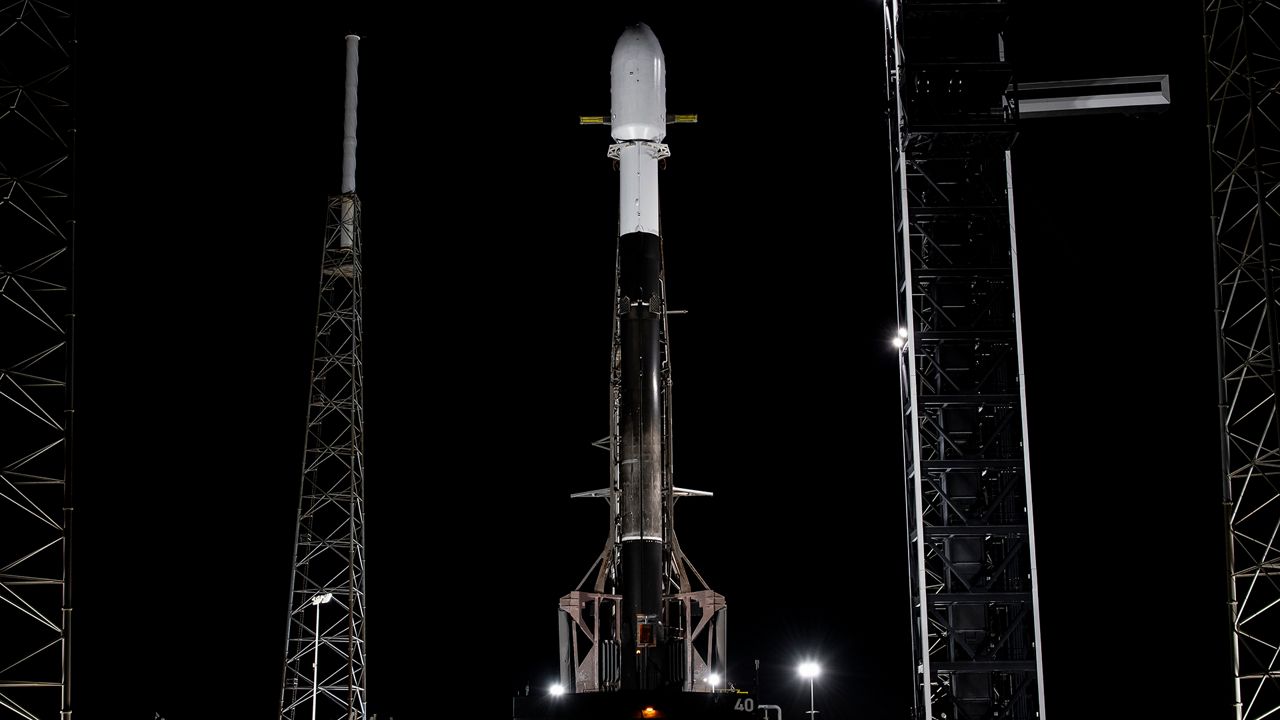CAPE CANAVERAL SPACE FORCE STATION — For those who woke up early on Thursday morning, they got to see SpaceX launch AST SpaceMobile’s five commercial satellites despite the weather not looking promising.
What You Need To Know
- The Falcon 9 rocket sent up the BlueBird 1-5 mission from Cape Canaveral’s Space Launch Complex 40
- The weather conditions were not looking good for launch, according to weather experts
- Get more space coverage here ▶
- 🔻Scroll down to watch the launch🔻
The Falcon 9 rocket sent up the BlueBird 1-5 mission from Cape Canaveral’s Space Launch Complex 40 at 4:52 a.m. ET, according to AST SpaceMobile and SpaceX.
Weather was looking iffy for the mission, which had a four-hour launch window that opened on time.
The 45th Weather Squadron gave a 30% chance of good launch conditions, with the main concerns being cumulus clouds, thick cloud layers and surface electric fields rules.
Lucky 13?
This was the 13th launch for the Falcon 9 first-stage booster B1078. It has had 12 missions, including a crewed one, before this launch.
- Crew-6
- SES O3b mPOWER
- USSF-124 mission
- Starlink 6-4
- Starlink 6-8
- Starlink 6-16
- Starlink 6-31
- Starlink 6-46
- Starlink 6-53
- Starlink 6-60
- Starlink 10-2
- Starlink 10-6
After the stage separation, the first-stage rocket landed on Landing Zone 1 at Cape Canaveral Space Force Station.
About the mission
AST SpaceMobile will see five of its commercial satellites called BlueBirds go into low-Earth orbit.
These are the first of five that are being launched and they will be offering communications services to smartphones, stated the Texas-based company.
“This large array of antennas is designed to reach standard smartphones directly at cellular broadband speeds for voice, data and video and other non-communications government applications. After launch, the BlueBird satellites are planned to offer non-continuous cellular broadband service across the United States and in select markets globally. This initial service, based on premium low band spectrum, is planned to support beta test users for AT&T and Verizon, and will target approximately 100% nationwide coverage from space with over 5,600 coverage cells in the United States,” the company stated in a press release.



